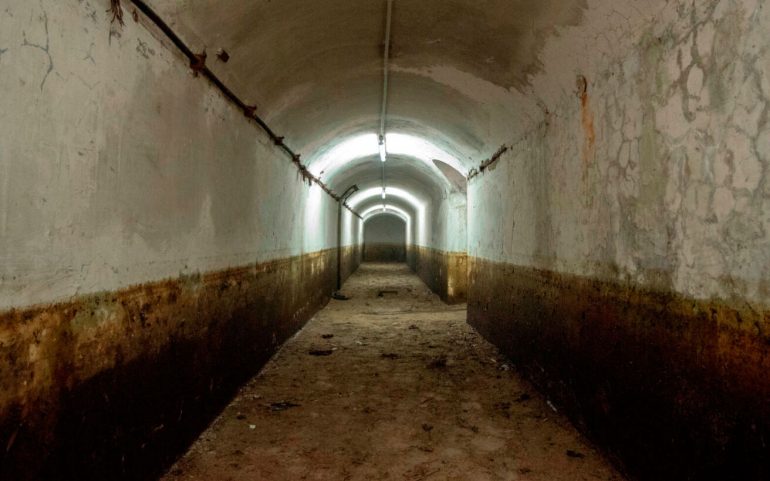Which of us has thought about what might be under our feet when we take a walk in the center of Athens? So imagine that in some places there is a secret underground city that few people know about.
Athens in World War II lived the life of the Germans, was bombed and the population should have places to shelter. Thus, under Athena, a new small town was created, with labyrinthine corridors and cabins that would protect the world from air raids and more.
Researcher Konstantinos Kyrimis spoke to newsbeast.gr for its unknown and mysterious underground city Of Athens and guided us with his photographic material, which he collected from his research in the shelters of Attica. His profession is a private employee, with a hobby of shelters and he already has two books about these historic underground structures, each with its own story.
"My involvement with the shelters started in 2012. I had been dealing with military history and I had been writing articles for the special military history press since about 2004, but in 2012 I started looking for the shelters. I found that they were very important at the time they were made and that there was not a single book that recorded them. So I considered it historically unfair not to record an important part of history and took the initiative to write the first book to save their historical memory and to have a raw material for those who deal with it in the future ", says Mr. Kyrimis.
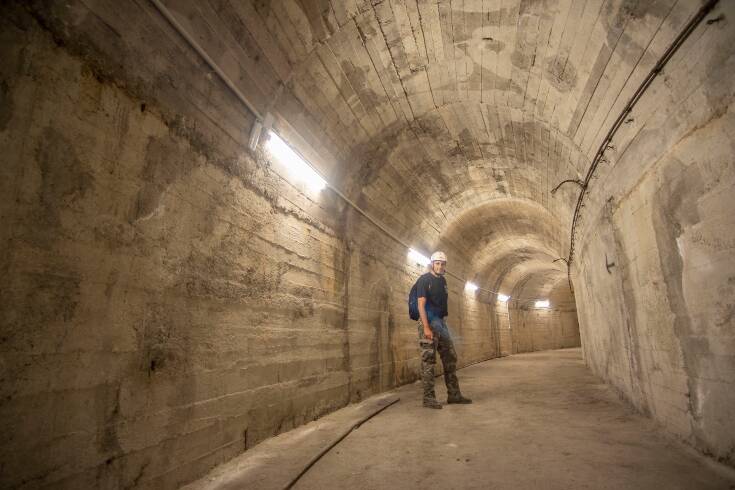
The construction of shelters in Athens
First we need to know the history of the shelters and what their number is. "General Papagos has spoken about 400 public shelters built by the state. To these we must add several thousand - maybe 10.000 - privately shelters which were built in apartment buildings and other private spaces due to a compulsory law of the Metaxa government ", Konstantinos Kyrimis initially explains to us.
He added: "There is no specific source of information on exactly how many they are and in what condition they are. They remain few and - most - in poor condition. The only thing that is preserved is the one at 4 Korai Street, as a place of historical memory. However, this is not maintained as a shelter, but as a place of detention for the Germans.
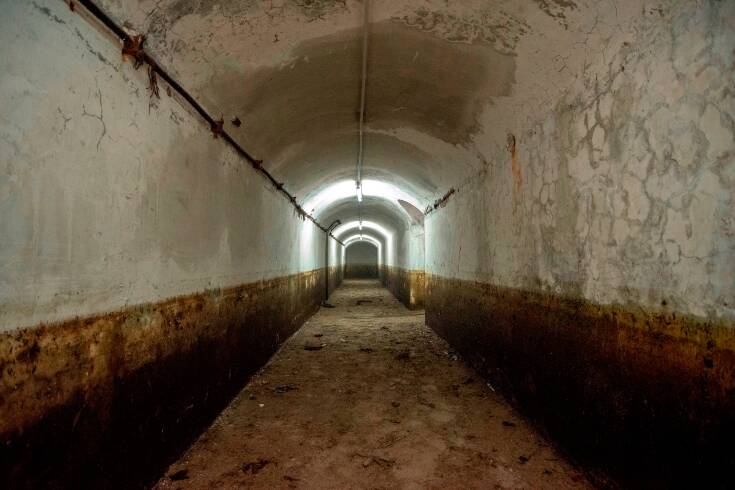
It should be noted that shelters were also built by the Germans in the occupation, for their own military use and these are hard to find. In fact, it is not close to the center, but to coastal areas and places of interest, such as airports. "
The shelters can be divided into three periods: "The first in the period Metaxa 1936-1940 in view of the war, after those built by the Germans in the period 1942-1944 for military use, but also after the liberation and the civil war was in force the law on the compulsory construction of shelters in apartment buildings and continued until 1956.
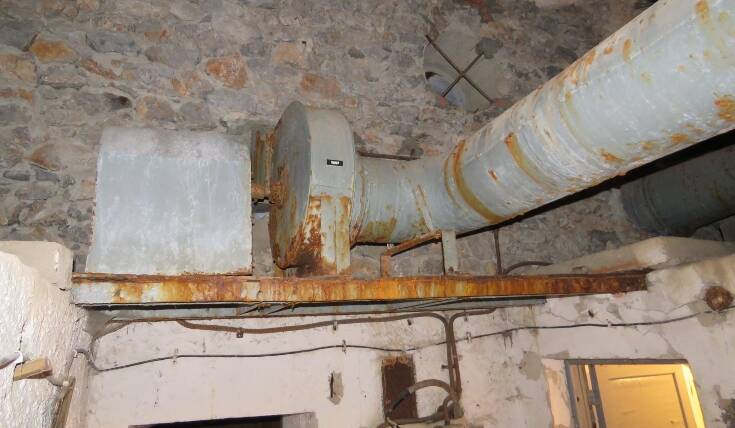
It would not be an exaggeration, considering the number of constructions that took place then, to say that there is a small town below the city. An invisible world. The strangest thing is that we have all walked over one refuge, but we do not know what is under our feet. Or we may have seen a door and not know where it leads (ie to a shelter) ".
What is the structure of the shelter and what is inside it?
"Even entering a shelter is quite complex. They all had to enter the vestibule, which according to the manuals of the time was called a gas dam. There, the goal was to make a distinction between healthy and "gas-stricken". This was because in the 30s there was a fear of chemical gas bombing. The healthy ones would enter directly into the central chamber, while the rest would first have to go through a disinfection area.
Then there were booths with a capacity of 50 people. It was better to have many small chambers than one large one. The reason was none other than the static of the shelter. There was also a toilet and at least one emergency exit on a nearby sidewalk. "
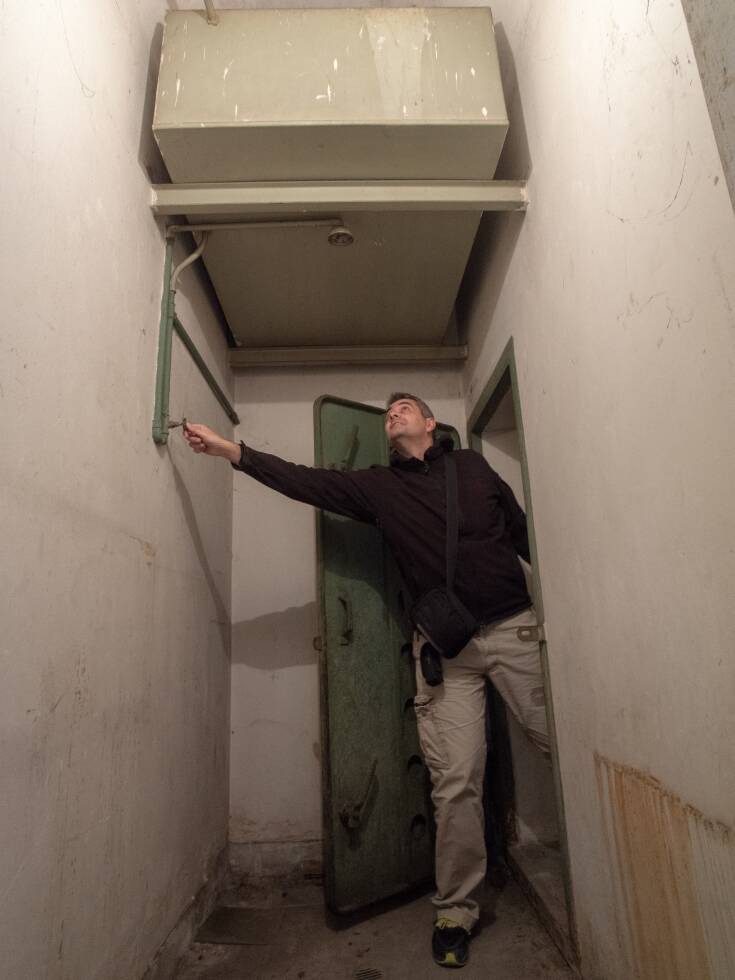
Is it true that shelters are interconnected?
"It simply came to our notice then. Because the shelters are places that have not been sufficiently explored and because many of them are labyrinthine and dark, they have given rise to great paraphilology. The purpose they built was not for people to go from one to another, but to be safe and able to get out to a safe place nearby. That, of course, does not make them less enchanting and less impressive. "
It is a historical paradox that their doors, because they were armored and airtight, had very high standards. Until 1938 there was no company in Greece that could manufacture such doors, when it was imported from abroad. The best doors then were made by Germany. The same people who gave us the means of protection policy are the ones who bombed us afterwards.
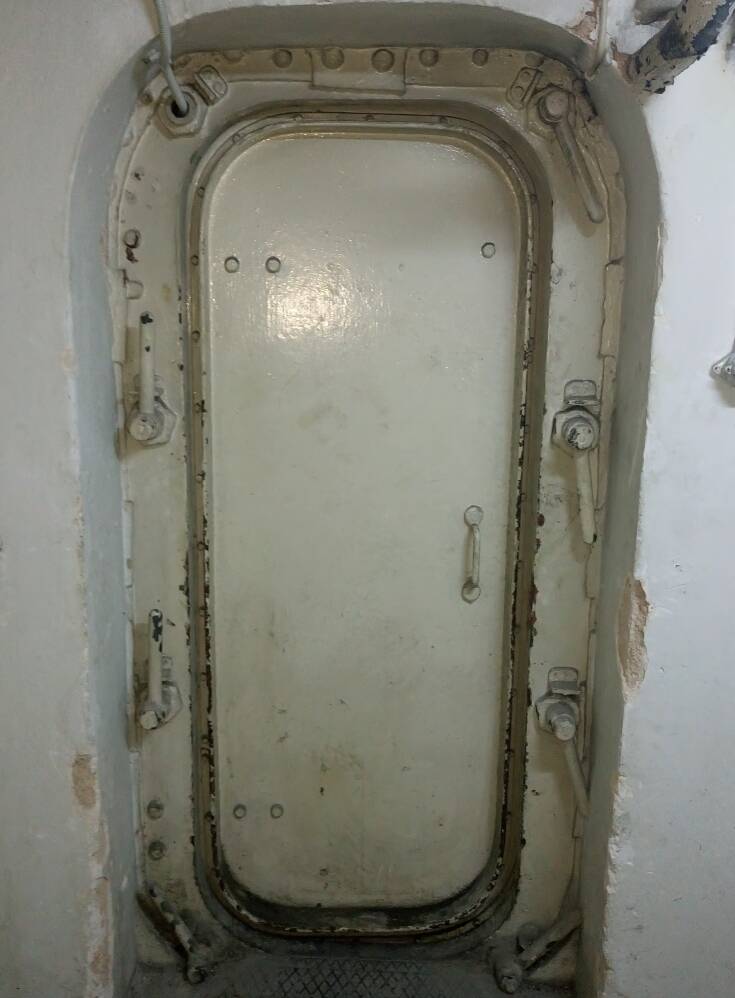
The shelters had an organized structure and by themselves did not serve the purpose for which they were built. People also had to contribute to this: "It was important that people were educated as well. The Metaxa regime attached great importance to this. In each shelter there was a leader, who was called "shelter" of the shelter and that was the link with the official air defense. "He had to go through a special public school, from a week to a month, depending on how big the shelter was and he acted as an organizer."
Where to find shelters in Athens and what impresses
The shelters were built in specific areas, except for the apartment buildings for which there was a relevant law. "The closer we get to the center of Athens, which means important infrastructure, ministries, government buildings, Parliament, etc. the more shelters there are. In slums of the time such as Kaisariani and Byron, the shelters were few and far between, as these areas would not be targeted by the enemy.
Respectively, we see this in Piraeus. In city of Piraeus we have few shelters, while around the existing infrastructure such as ports, factories and railway stations, there are many shelters ".
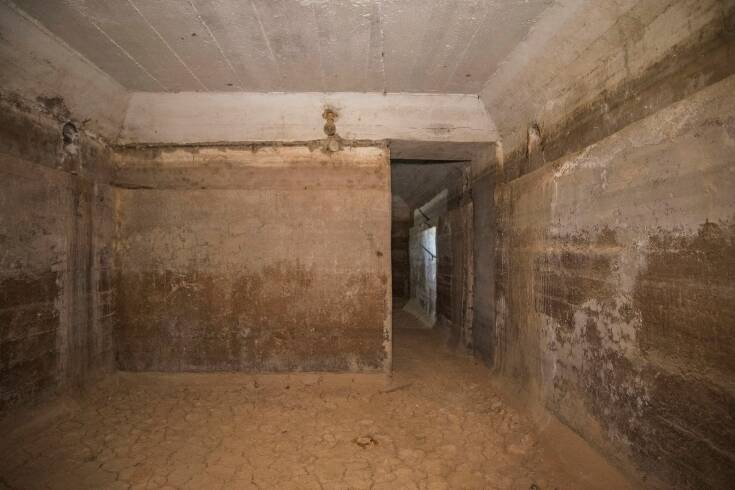
The most impressive shelter you have explored in Athens?
"The most impressive and largest is the one located in Ardittos and could accommodate 1.300 people. Of course this was for military use, later the Germans took it and made it an ammunition depot and when they left it blew it up, while it was also used in December. In other words, it is a long-suffering shelter.
From urban shelters I would say that one of the most impressive is the one located in Kolonaki. It is literally below the market of Kolonaki and it is impressive that while exploring the shelter, people were shopping above me and did not know what is six meters away. under his feet, which is a piece of history.

Its entrance is located inside an apartment building and had exits at two points outside the apartment building, but the emergency exits have been blocked. The hatch can be seen through the shelter, but you can not open it as the sidewalk is above ".
Apart from Kolonaki, Ardittos and other parts of Athens, there is a large shelter on the hill of Lycabettus. «In Lycabettus there is a huge -military standard- shelter around 400 square meters with labyrinthine galleries. The Alarm and Air Defense Center has been operating there since 1936. In other words, they were the "eyes" and the "ears" of the basin.

We pass by and do not know that behind an iron door there are galleries hundreds of meters away. The shelter is in pretty good condition because it is military. It is inspected regularly, but it is not allowed to enter it ".
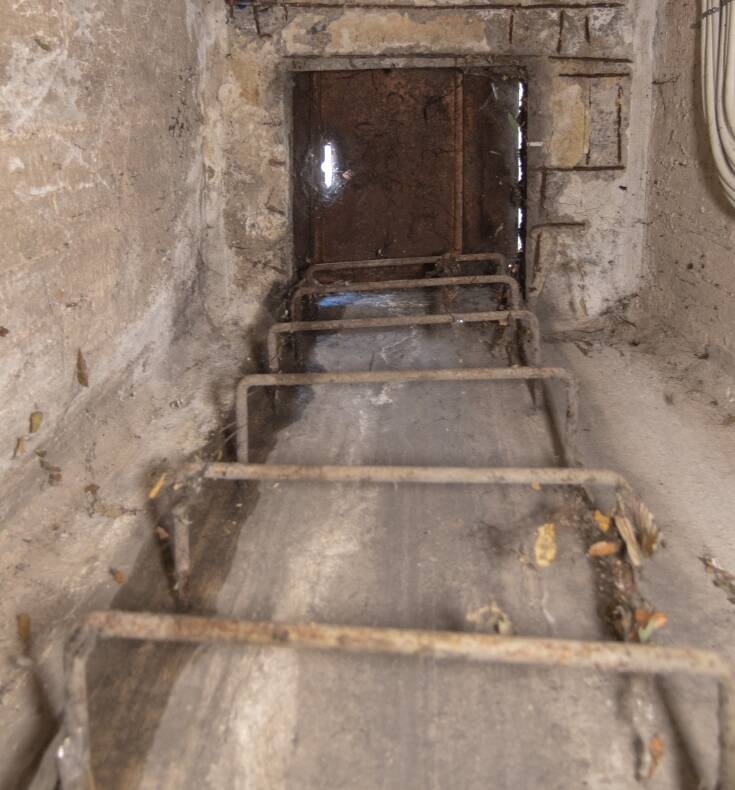
The most powerful shelter in the basements of Attica
All new buildings built between 1936-40 had to be sheltered. One of them is the magnificent building, built in 1938, which houses the Attica department store on Panepistimiou Street.
Konstantinos Kyrimis tells us: “There are shelters in many well-known buildings. What has impressed me the most is the shelter in Attica. The specific building at the University was built in 1938, as an "Army Share Fund Mansion", designed by the architect Leonidas Bonis, who had designed REX and other famous buildings of the time.
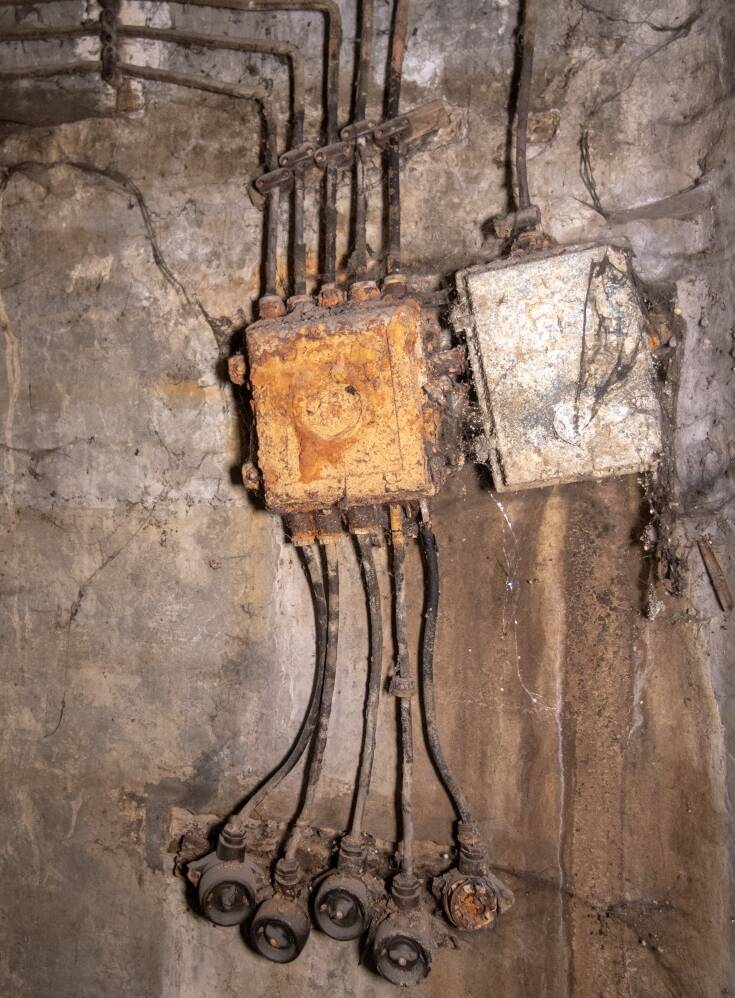
The builders had planned, especially in this shelter, to build the walls with a thickness of one meter of reinforced concrete, while the official specifications said that a thickness of 30 cm was enough. This means that this shelter was three times more powerful than the rest of Athens.
In fact, the Army realized this peculiarity and ordered a part of the shelter, in order to house telecommunication services and other key infrastructures.
This shelter is not allowed to enter. It is now a huge warehouse. The only thing that testifies to its old use, is if one goes in front of Attica, where the kiosk is located, left and right on the sidewalk, one will see the two dangerous exits with the stairs. If he looks between the grilles, he will even see the iron stairs leading to the shelter.
The inscriptions of resistance organization and strict standards of the state
Exploration inside the shelters can also have some… historical surprises. "I have been impressed that you can see some inscriptions that were engraved in the shelters. I had seen drawings, painted on the wall, by the student resistance organization "ESAS", members of which apparently had used the shelter as a place of conspiratorial action, in 1943. There, then, were painted portraits of the members, the signature of the organization and names members. So each shelter often hides a short story ", reveals Konstantinos Kyrimis.
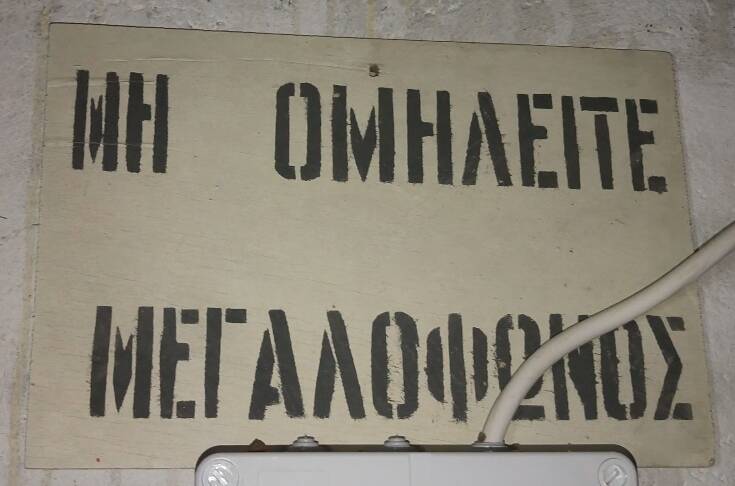
It is also impressive how the bureaucratic part worked: "When I started looking for the administrative and bureaucratic part, I realized how well the state was functioning at that time. In order to build an apartment building at that time, you first had to go to the Air Defense for the plans of the shelter, to approve them and only then you could go to the Town Planning to get the permission to build a shelter.
I saw in some records that an architect had made plans to promise the air defense that he would create the planned shelter in the apartment building. He did not actually build it on the basis of plans, apparently for reasons of economy. The permit was given, the apartment building was built, but after a while, an air defense team did an autopsy, found the differences and gave him 30 days to make the necessary corrections.
So, while the apartment building was already built, they were forced to dig and shape the shelter as originally planned. The state mechanism worked flawlessly in this area and was very strict in controls and penalties ".
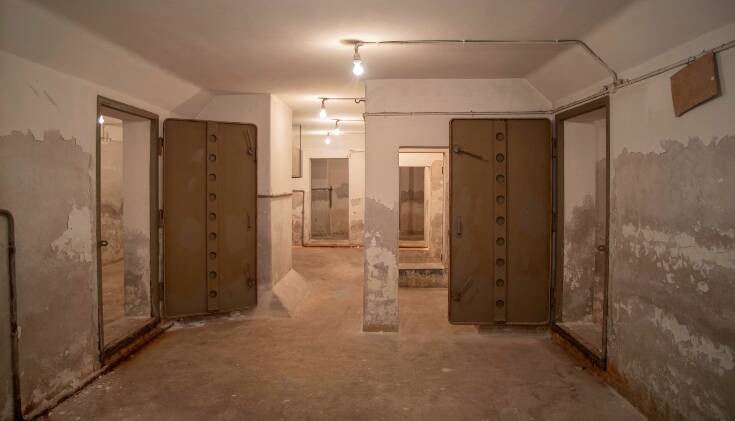
German shelters on the coast of Attica
Shelters, as Mr. Kyrimis explains to us, were also built by the Germans in order to be fortified in case of landing of the allies.
"German shelters exist along the coast. In Glyfada, in Voula, in Sounio. The Germans were waiting for an Allied landing in Athens from 1942-1943 to open a new front in the Balkans, which, however, never happened.
They, however, were fortified. The characteristic of these shelters is that in addition to being very durable, they were also built very deep in the ground. About 10 meters underground. In general, they are more impressive than the Greek ones ".
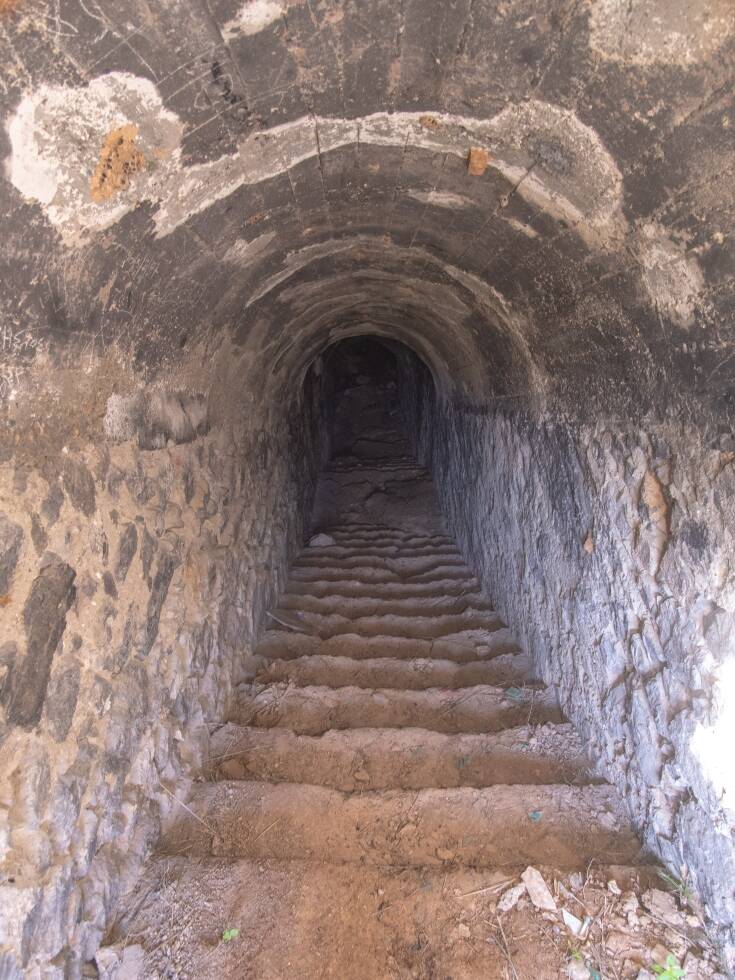
Access to shelters and management in cities abroad
There are many who would like to experience an experience from a shelter, see the places and enter an underground gallery that is of historical importance.
In contrast to abroad, in Athens these spaces have not been utilized: “Abroad there is utilization of shelters. They have become cultural sites or museums and attract tourists who want to see a 1930s shelter. Greece we have not acted accordingly. Surprisingly, in other Greek cities, which do not have many shelters, such as Agrinio, Patras, or Milos, there are shelters to visit. There is nothing in Athens and it is a pity that all this historical heritage that we have is lost.

But can anyone visit one of the shelters in Athens?
"Everything is officially abandoned, with the exception of Korai. I have the pleasure of organizing a relevant thematic "historical walk", where we enter old shelters to see them and to explain their construction and social context. If anyone is interested in a similar program or my books, they can contact me at mail: [email protected] ".

